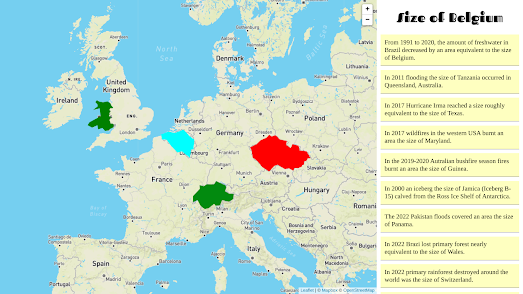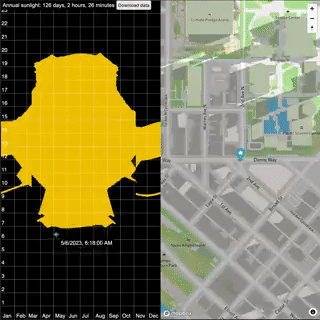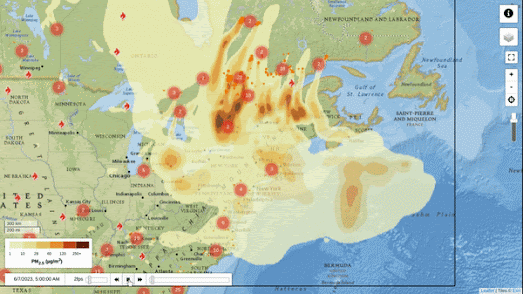Сообщения
Сообщения за июнь, 2023
You Don't Know Africa
- Получить ссылку
- X
- Электронная почта
- Другие приложения
The True Size of Climate Change
- Получить ссылку
- X
- Электронная почта
- Другие приложения
The 2023 Best Cities for Cycling
- Получить ссылку
- X
- Электронная почта
- Другие приложения
The End of the Rainforest
- Получить ссылку
- X
- Электронная почта
- Другие приложения
Geoengineering Planet Earth
- Получить ссылку
- X
- Электронная почта
- Другие приложения
Where Do Refugees Go?
- Получить ссылку
- X
- Электронная почта
- Другие приложения
Discovering the Dissolution
- Получить ссылку
- X
- Электронная почта
- Другие приложения
The Solar Eclipse Simulator
- Получить ссылку
- X
- Электронная почта
- Другие приложения
A Year of Wildfires
- Получить ссылку
- X
- Электронная почта
- Другие приложения
GeoGuessr for Video Games
- Получить ссылку
- X
- Электронная почта
- Другие приложения
The Kessler Syndrome
- Получить ссылку
- X
- Электронная почта
- Другие приложения
Staring at the Moon
- Получить ссылку
- X
- Электронная почта
- Другие приложения
AI Street View Hallucinations
- Получить ссылку
- X
- Электронная почта
- Другие приложения
The History of Latin America
- Получить ссылку
- X
- Электронная почта
- Другие приложения
AI Map Search
- Получить ссылку
- X
- Электронная почта
- Другие приложения
The June Deportations
- Получить ссылку
- X
- Электронная почта
- Другие приложения
Chronotube
- Получить ссылку
- X
- Электронная почта
- Другие приложения
Where You Can't Afford to Live
- Получить ссылку
- X
- Электронная почта
- Другие приложения
The Map of Roman Amphitheaters
- Получить ссылку
- X
- Электронная почта
- Другие приложения
Global Sunlight Chart
- Получить ссылку
- X
- Электронная почта
- Другие приложения
America's Pink Migration Banana
- Получить ссылку
- X
- Электронная почта
- Другие приложения
The Privatisation of East Germany
- Получить ссылку
- X
- Электронная почта
- Другие приложения
Wildfires & Smoke Pollution
- Получить ссылку
- X
- Электронная почта
- Другие приложения
Quiz Around the World
- Получить ссылку
- X
- Электронная почта
- Другие приложения
Assassination Simulation
- Получить ссылку
- X
- Электронная почта
- Другие приложения
Where is the Cheapest McDonalds?
- Получить ссылку
- X
- Электронная почта
- Другие приложения
Tree Maps of the World
- Получить ссылку
- X
- Электронная почта
- Другие приложения
Mapping 1,001 American Novels
- Получить ссылку
- X
- Электронная почта
- Другие приложения



























